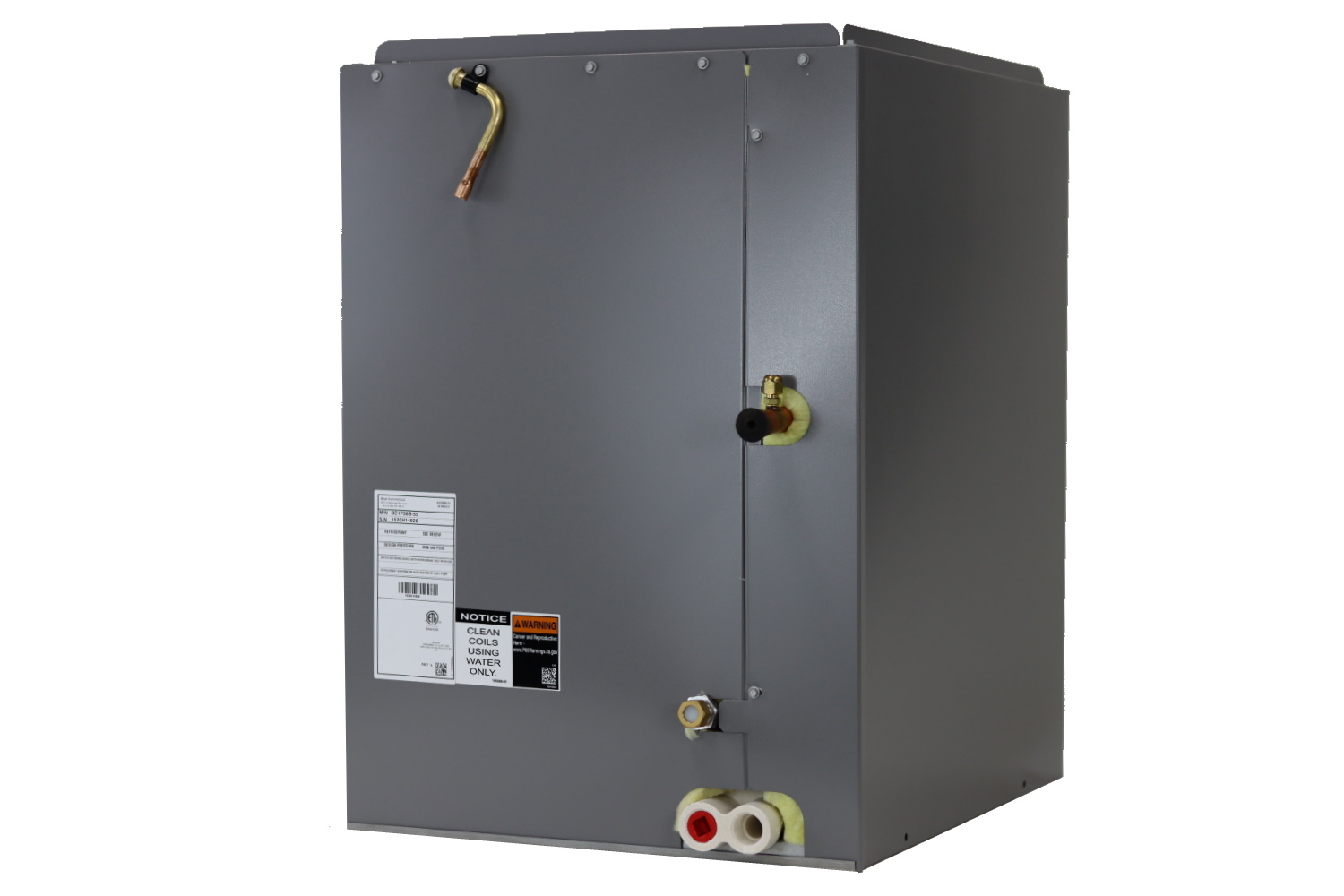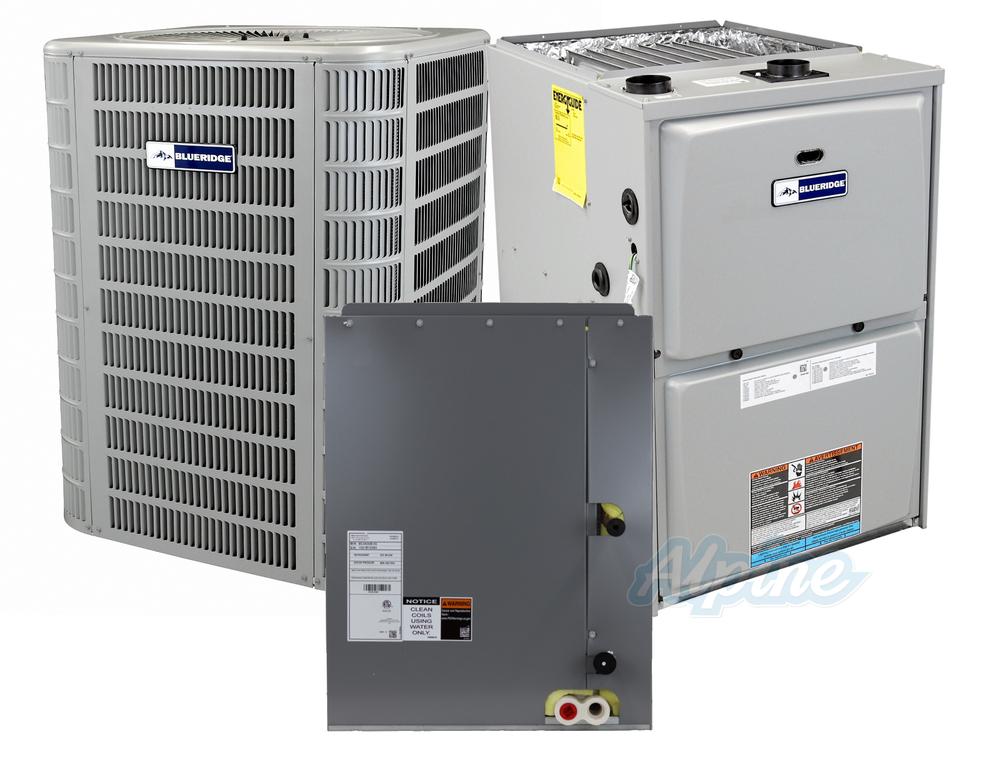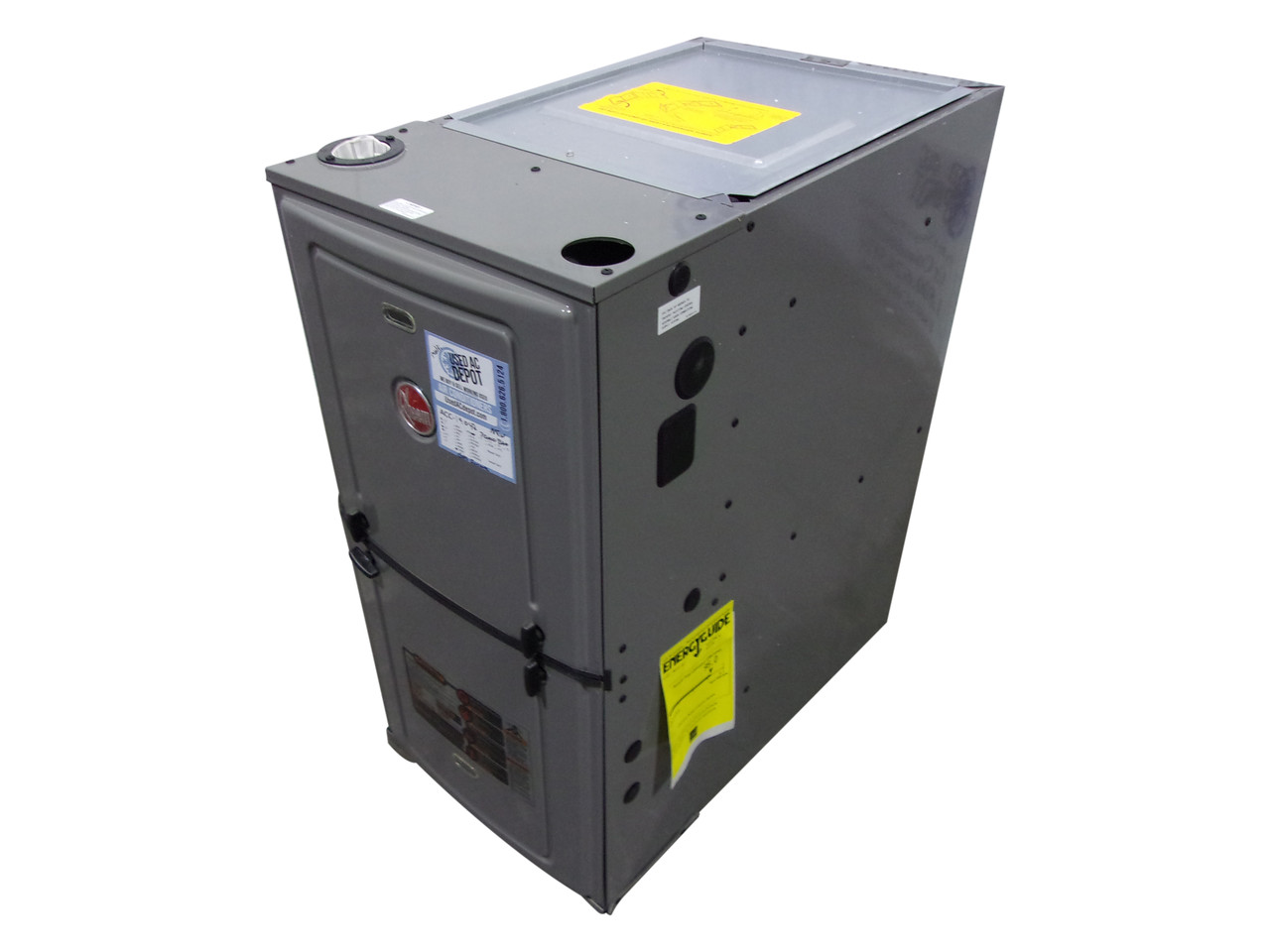70000 Btu Gas Furnace

The 70,000 BTU gas furnace is a common and crucial piece of HVAC equipment in many residential and some light commercial settings. Understanding its specifications, applications, installation, maintenance, and the skills required to work with it is essential for anyone pursuing or advancing in an HVAC career. This article provides a comprehensive overview of the 70,000 BTU gas furnace, focusing on aspects relevant to students, experienced technicians, and employers in the HVAC industry.
Understanding BTU and Furnace Sizing
BTU, or British Thermal Unit, is a fundamental unit of measurement in HVAC. It represents the amount of energy required to raise the temperature of one pound of water by one degree Fahrenheit. In the context of gas furnaces, BTU indicates the heating capacity – how much heat the furnace can generate per hour. A 70,000 BTU furnace, therefore, can produce 70,000 BTUs of heat per hour.
Proper furnace sizing is critical for efficient heating and avoiding operational problems. An undersized furnace won't adequately heat the space, leading to discomfort and higher energy bills. An oversized furnace, on the other hand, cycles on and off too frequently, resulting in uneven heating, wasted energy, and increased wear and tear on components. Rule of thumb dictates that you need 20 BTUs per square foot of living space in warmer climates, 30 BTUs in colder climates. In extremely cold climates this can jump to 50 BTUs per square foot. Using this math, a 70,000 BTU furnace is generally suitable for heating homes ranging from 1,400 to 3,500 square feet, depending on insulation, climate, and other factors. A Manual J calculation, which takes all these factors into account, is the industry best practice for accurate furnace sizing.
Components and Operation of a 70,000 BTU Gas Furnace
A 70,000 BTU gas furnace, like other gas furnaces, consists of several key components working in concert:
- Burners: Where natural gas or propane is combusted to generate heat.
- Heat Exchanger: Transfers the heat from the combustion process to the air circulating through the furnace.
- Blower Motor: Circulates air through the heat exchanger and into the ductwork, delivering warm air to the conditioned space.
- Gas Valve: Controls the flow of gas to the burners.
- Ignition System: Initiates the combustion process (e.g., hot surface igniter, spark igniter).
- Flue: Vents combustion gases safely outside the building.
- Control Board: The "brain" of the furnace, managing the operation of various components based on thermostat input.
- Safety Controls: Protect the furnace from overheating and other malfunctions (e.g., flame sensor, high-limit switch).
The furnace operates as follows: the thermostat calls for heat; the control board initiates the ignition sequence; the gas valve opens, allowing gas to flow to the burners; the burners ignite, producing heat; the blower motor circulates air through the heat exchanger; and warm air is delivered through the ductwork. Combustion gases are safely vented outside via the flue.
Installation Considerations
Proper installation is crucial for the safe and efficient operation of a 70,000 BTU gas furnace. Key considerations include:
- Location: The furnace should be installed in a well-ventilated area with adequate clearance for maintenance and service.
- Gas Line Connection: The gas line must be properly sized and connected to the furnace in accordance with local codes and manufacturer's specifications.
- Electrical Connections: All electrical connections must be made safely and correctly.
- Ductwork: The ductwork must be properly sized and sealed to ensure efficient airflow.
- Venting: The flue must be properly installed and vented to prevent the buildup of dangerous combustion gases.
- Combustion Air: Adequate combustion air must be provided to the furnace to ensure complete combustion.
A poorly installed furnace can lead to safety hazards, reduced efficiency, and premature failure. It is imperative that only qualified and licensed HVAC technicians perform furnace installations.
Maintenance and Troubleshooting
Regular maintenance is essential for ensuring the longevity and efficient operation of a 70,000 BTU gas furnace. Common maintenance tasks include:
- Filter Replacement: Replacing the air filter regularly (typically every 1-3 months) to maintain airflow and prevent dust buildup.
- Burner Cleaning: Cleaning the burners to ensure proper combustion.
- Heat Exchanger Inspection: Inspecting the heat exchanger for cracks or corrosion.
- Blower Motor Lubrication: Lubricating the blower motor bearings.
- Flue Inspection: Inspecting the flue for obstructions or leaks.
- Gas Pressure Check: Verifying the gas pressure to the furnace.
- Carbon Monoxide Detection: Using a carbon monoxide detector to verify proper combustion and ventilation.
Common furnace problems include ignition failures, burner malfunctions, blower motor problems, and heat exchanger issues. Troubleshooting these problems requires a strong understanding of furnace operation and the ability to use diagnostic tools such as multimeters and gas pressure gauges. Technicians must be trained in proper safety procedures when working with gas appliances.
Career Paths and Job Outlook
Working with equipment like the 70,000 BTU gas furnace is a central part of many HVAC careers. Here are a few examples:
- HVAC Technician: Installs, maintains, and repairs heating, ventilation, and air conditioning systems.
- HVAC Installer: Specializes in the installation of HVAC systems, including furnaces, air conditioners, and ductwork.
- HVAC Service Technician: Focuses on the maintenance and repair of HVAC systems.
- HVAC Sales Engineer: Designs and sells HVAC systems to commercial and industrial clients.
- HVAC Project Manager: Oversees the installation and maintenance of HVAC systems for large projects.
The job outlook for HVAC technicians is excellent. The U.S. Bureau of Labor Statistics projects a growth rate of 6 percent from 2022 to 2032, about as fast as the average for all occupations. About 41,500 openings for heating, air conditioning, and refrigeration mechanics and installers are projected each year, on average, over the decade. The median annual wage for HVAC technicians was $51,900 in May 2022. The best-paid 10 percent earned more than $82,420.
Certifications and Licensing
Several certifications and licenses are valuable for HVAC professionals working with gas furnaces:
- EPA Section 608 Certification: Required for technicians who handle refrigerants. While not directly related to gas furnaces, many HVAC systems combine heating and cooling, making this certification essential.
- NATE (North American Technician Excellence) Certification: Demonstrates competence in HVAC installation, service, and repair. NATE offers certifications specific to gas furnaces.
- State and Local Licensing: Most states and municipalities require HVAC technicians to be licensed. Licensing requirements vary by location but typically involve passing an exam and demonstrating experience.
- Manufacturer-Specific Training: Many furnace manufacturers offer training programs on their equipment. These programs can provide valuable knowledge and skills for installing, maintaining, and repairing specific furnace models.
Earning certifications and obtaining licenses can significantly enhance career prospects and earning potential. Employers often prefer to hire certified technicians, and some jurisdictions require certification for certain types of work.
Skills and Training
To successfully work with 70,000 BTU gas furnaces and other HVAC equipment, technicians need a combination of technical skills, problem-solving abilities, and soft skills. Key skills and training areas include:
- HVAC Fundamentals: Understanding the principles of heating, ventilation, and air conditioning.
- Gas Furnace Operation: Knowledge of gas furnace components, operation, and troubleshooting.
- Electrical Systems: Understanding electrical circuits, wiring diagrams, and electrical safety.
- Refrigeration Systems: Knowledge of refrigeration cycles, refrigerants, and refrigerant handling.
- Ductwork Design and Installation: Understanding ductwork sizing, layout, and installation.
- Blueprint Reading: Ability to read and interpret blueprints and technical drawings.
- Diagnostic Skills: Ability to diagnose and troubleshoot HVAC system problems.
- Customer Service: Ability to communicate effectively with customers and provide excellent service.
- Safety Practices: Adherence to safety procedures and regulations.
Training options include vocational schools, technical colleges, apprenticeship programs, and on-the-job training. Apprenticeship programs, in particular, offer a valuable combination of classroom instruction and hands-on experience, preparing technicians for successful careers in the HVAC industry.
Industry Trends and the Future of Gas Furnaces
While the HVAC industry is embracing energy-efficient technologies like heat pumps, gas furnaces, including the 70,000 BTU model, remain a significant part of the heating landscape. Several trends are shaping the future of gas furnaces:
- High-Efficiency Furnaces: Manufacturers are developing more efficient gas furnaces with advanced features such as modulating burners and variable-speed blowers.
- Smart Technology: Integration of smart thermostats and controls for improved energy management and comfort.
- Hybrid Heating Systems: Combining gas furnaces with heat pumps for optimal energy efficiency and cost savings.
- Environmental Regulations: Stricter regulations on emissions from gas furnaces, driving the development of cleaner-burning technologies.
Technicians who stay abreast of these trends and develop expertise in emerging technologies will be well-positioned for success in the evolving HVAC industry. Continuous learning and professional development are essential for maintaining a competitive edge.
In conclusion, the 70,000 BTU gas furnace is a vital piece of equipment in the HVAC industry, requiring skilled professionals for its installation, maintenance, and repair. By understanding its specifications, components, and operation, and by obtaining relevant certifications and training, HVAC technicians can build successful and rewarding careers in this dynamic field. Employers can ensure they have a skilled workforce by investing in training and development programs and by hiring certified and experienced technicians.










